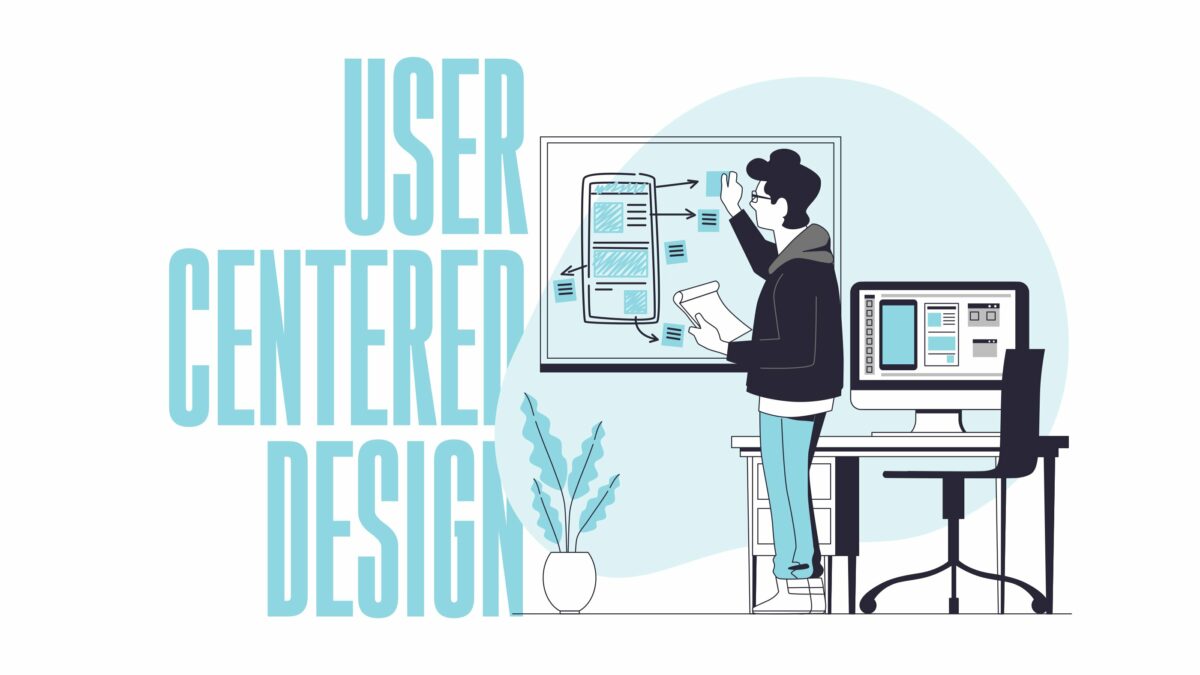In the digital age, connectivity, server reliability, and app testing are the cornerstones of a seamless online experience. Whether you run a private weblog, a bustling e-trade web page, or a complex internet application, encountering connectivity problems or server outages can be frustrating and disruptive. Here’s a complete manual for troubleshooting and solving common online connectivity, app testing, and server issues, ensuring your website stays accessible and efficient.
Understanding Common Connectivity Issues
Connectivity Issues can stem from a ramification of assets, ranging from network issues to server misconfigurations. here are a number of the most common issues you might come upon:
Internet Connection Problems: Sometimes, the problem lies not with the server but with the internet connection. take a look at your modem, router, and network cables. Restarting your router or switching to a wired connection can regularly remedy these problems.
Optimising Server Performance with Java: Optimising Server Performance with Java involves leveraging the powerful features of Java to ensure your server runs efficiently and can handle high traffic without downtime. By implementing reliable Java services, you can enhance server responsiveness, manage resources effectively, and provide a seamless user experience. Key techniques include:
- Java Servlets and JSP: Leveraging Java Servlets and JSP to handle dynamic content efficiently.
- Thread Management: Using Java’s concurrency API to manage multiple threads and prevent server overloads.
- Memory Management: Implementing effective garbage collection strategies to maintain optimal server performance.
NEW Developer Nation survey is live! Participate, shape the trends in software development, and win big. Start here!
DNS Resolution Failures: DNS Issues can save you, users, from gaining access to your website. check if your DNS settings are accurate and take into account using a dependable DNS service like Google DNS (8.8.8.8 and 8.8.4.4) or Cloudflare DNS (1.1.1.1).
Also read: 6 Best AI Website Builders For Ecommerce
Server Overload: Excessive visitors can crush your server, causing slowdowns or outages. Use equipment like Google Analytics or server monitoring software programs to music visitor spikes and do not forget to scale your server assets.
Firewall and Security Settings: Overly strict firewall policies or safety settings can block valid site visitors. ensure your firewall is configured efficiently and that your safety software is not overly competitive.
Diagnosing Server-Side Problems

When your website is down, diagnosing the hassle is essential. right here’s a step-by-step guide to figuring out and solving server Issues:
Check Server Status: If you suspect the ‘web server is down,’ the first step is to confirm the status. Use gear like UptimeRobot or Pingdom to test if your server is responding. This equipment can provide signals while your server goes down.
Examine Server Logs: Access your server logs to discover any errors or warnings that befell across the time of the outage. Logs can offer insights into issues like failed login attempts, script errors, or resource limits being hit.
Restart the Server or Services: Sometimes, a simple restart can resolve many issues. Restarting your internet server (Apache, Nginx, and so forth.) or related offerings can clear temporary glitches.
Check for Software Updates: Make sure that your server software program, CMS, and plugins are up to date. outdated software programs could have vulnerabilities and insects that would motivate your server to head down. ordinary updates are essential for keeping server fitness and security.
Also read – From Rendering to AI: 5 Reasons Why You Can Consider an NVIDIA GPU Dedicated Server?
Handling Specific Issues
Positive issues require focused troubleshooting. right here are a few techniques for managing precise issues:
Database Connectivity Issues: In case your website is predicated on a database, ensure that the database server is going for walks and reachable. check database credentials, server repute, and network connectivity. tools like phpMyAdmin or MySQL Workbench permit you to diagnose database Issues.
Resource Limitations: Server assets including CPU, memory, and disk space are finite. check-in case your server is walking out of assets. upgrade your website hosting plan or optimise your website online’s code and database queries to reduce useful resource consumption.
Configuration Errors: Misconfigurations in server documents (e.g., .htaccess, nginx. conf) can cause downtime. Double-test your configuration files for syntax mistakes or incorrect settings. the use of a configuration validator tool can assist spot errors.
Preventive Measures and Best Practices
Prevention is higher than cure. implementing pleasant practices can notably lessen the probability of encountering server Issues:
Regular Backups: Often back up your internet site and server data. In the event of a crash or information loss, backups ensure you may restore your web page quickly.
Monitoring and Alerts: Set up monitoring and alerting systems to maintain an eye on server performance and uptime. tools like New Relic, Datadog, or server-specific tracking answers can provide actual-time insights and indicators.
Load Balancing: For excessive-site visitors sites, take into account imposing load balancing. This distributes site visitors throughout a couple of servers, improving overall performance and reliability.
Work with a Website Development Expert: Collaborating with a reputable website development company or freelancer can help ensure your site is designed and implemented with best practices in mind, reducing the likelihood of connectivity and server problems down the road.
Security Best Practices: Keep your server comfortable by way of using strong passwords, allowing two-element authentication, and often updating software. additionally, remember the usage of an internet application firewall (WAF) to protect in opposition to common threats.
By understanding and addressing these common issues, you can ensure that your website remains online and performs optimally. Remember, while encountering a ‘Web Server is Down’ message can be alarming, with the right tools and strategies, you can quickly diagnose and resolve the problem, minimising downtime and maintaining a seamless online experience for your users.
NEW Developer Nation survey is live! Participate, shape the trends in software development, and win big. Start here!



